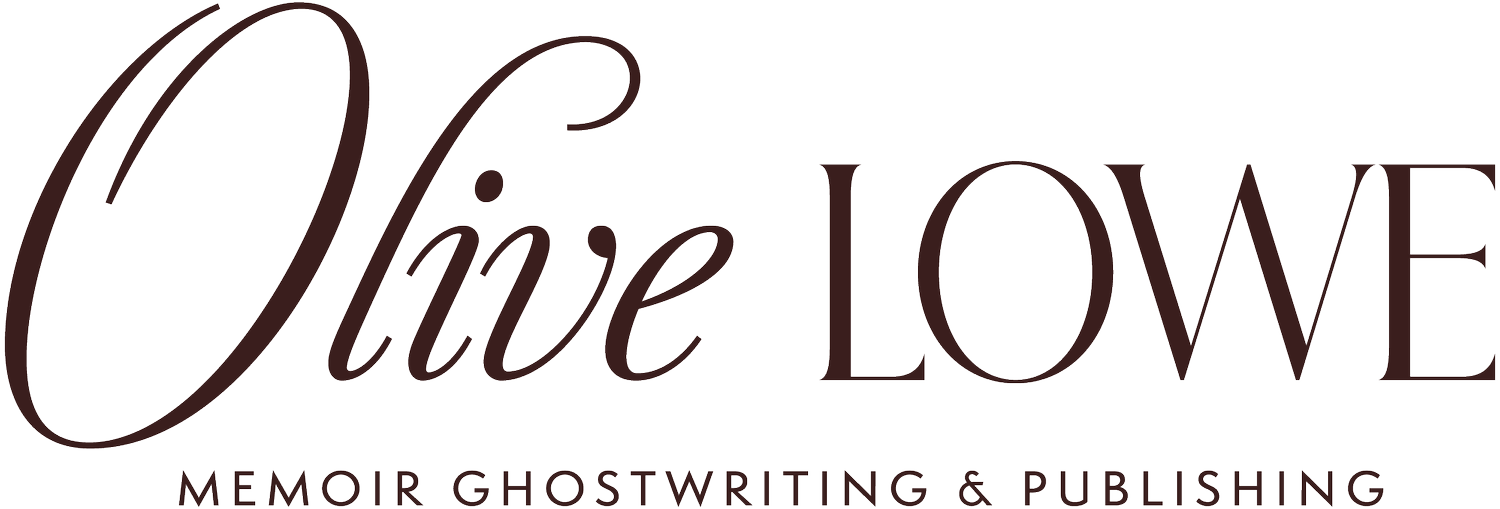What is self-publishing?
Image by congerdesign from Pixabay
In today’s publishing landscape, many authors choose to publish their books on their own rather than with a traditional publisher. Here I’ll break down the basics of this process, known as self-publishing or indie (independent) publishing.
What is self-publishing?
Self-publishing is when an author is solely responsible for and oversees the entire process of publishing their book. This includes the writing, editing, formatting and layout, cover design, printing, and distribution. The author makes all decisions regarding the book’s production and timeline, is responsible for marketing their book, and keeps all the profits.
How is self-publishing different from traditional publishing?
Traditional publishers include the “big five” imprints (Penguin Random House, Hachette, HarperCollins, Macmillan, and Simon & Schuster) as well as smaller presses. These are the books you find in bookstores. To be published with a traditional publisher, an author needs to acquire a literary agent who will then try to sell the manuscript to editors at publishing houses. This is an extremely competitive process and recommended only for serious authors, especially those who already have a platform. If acquired, the publisher will work with the author to edit the manuscript. They also assign a designer to layout the contents of the book and design the cover. The timeline for traditional publishing can be extensive, often a year or more. The publishing house will help promote the book, make it available in book stores, etc. but they will also keep a portion of the profits.
Who is involved in the self-publishing process?
Though the term “self”-publishing may insinuate that the author does everything on their own, this is not necessarily the case. In fact, it is wise for any author to involve other professionals in order to produce the best book possible. Editors, ghostwriters, and designers can be hired on a freelance basis to help self-publishing authors put forth their best work. The beauty is that the author still has complete control over the end product, and the process usually goes much more quickly than in traditional publishing.
Who actually prints and distributes a self-published book?
There are several options for self-publishing authors when it comes time to actually print and distribute their book. Among the most popular are Kindle Direct Publishing (Amazon’s company), Ingram Spark, Barnes and Noble, and Blurb. These publishers are print-on-demand, which means that they only print a copy of your book when someone orders it, and they ship it directly to the customer. This means that authors don’t need to give up their closets or garages to store tons of copies of their book! Nor do they need to worry about shipping costs. Authors get to set their own prices for their books on these sites.
Why choose self-publishing?
There are many benefits to self-publishing, and I will probably write another post to go into more details of each of these, but here’s a quick overview of the top perks of self-publishing:
More creative control
Faster publishing timeline
Keep more profits
Less competitive
Wanting to self-publish and need a good memoir ghostwriter?
Let’s chat and see if we’re a good fit!

